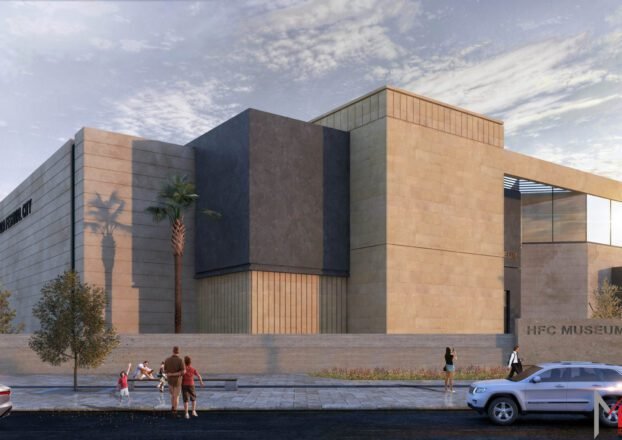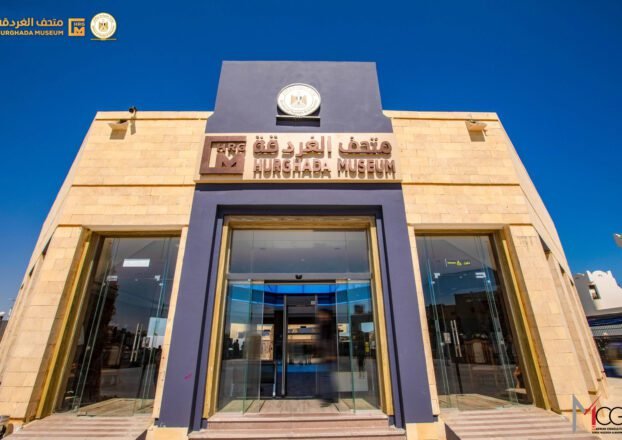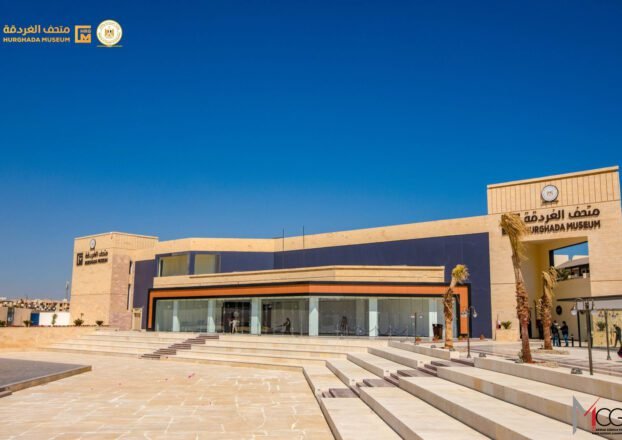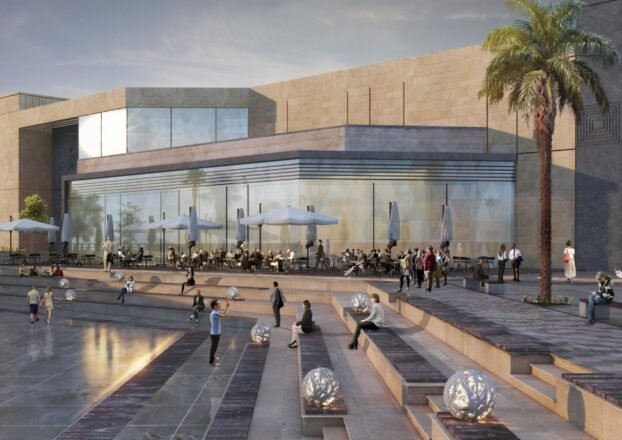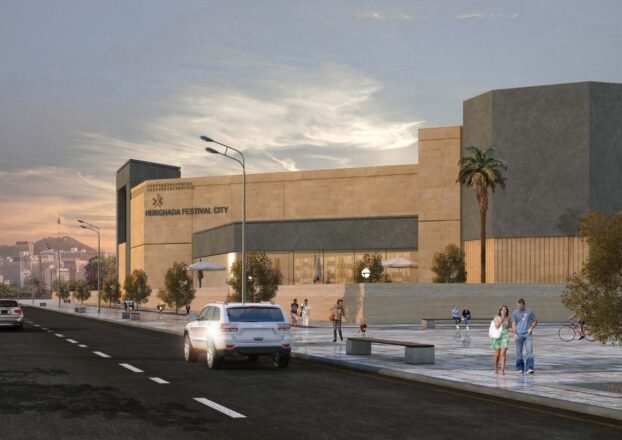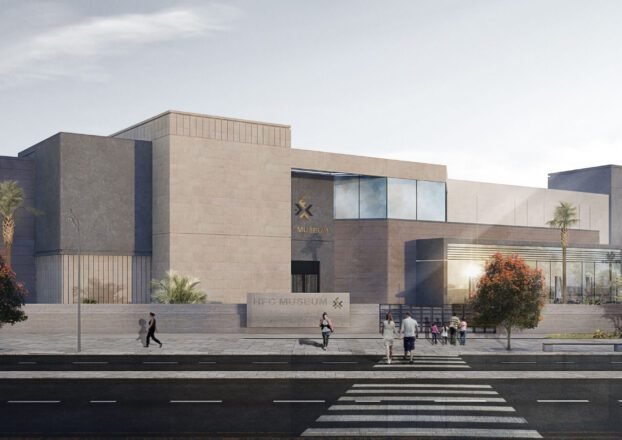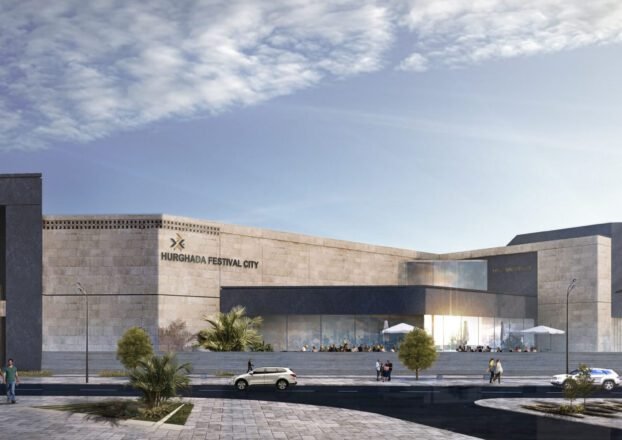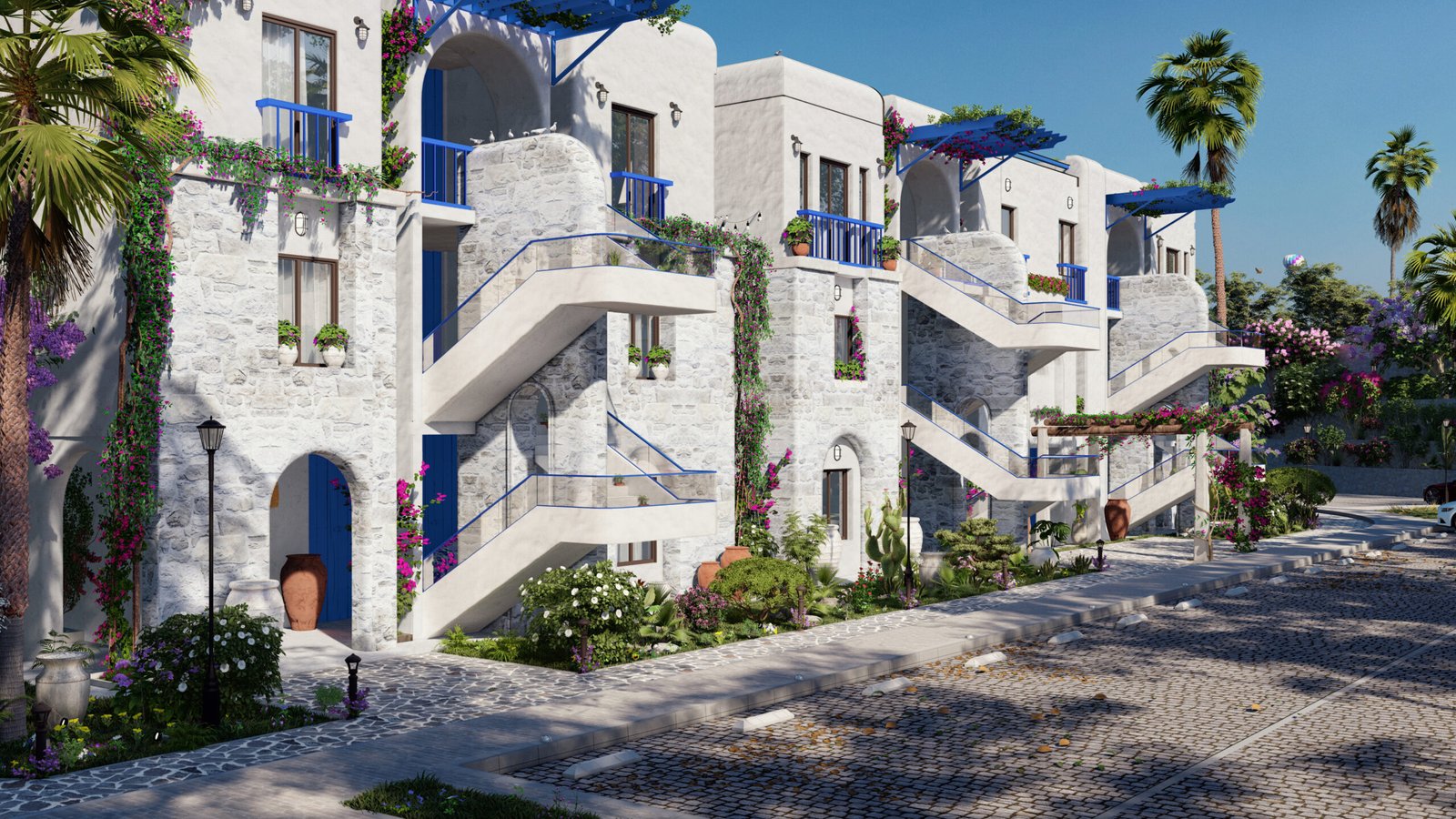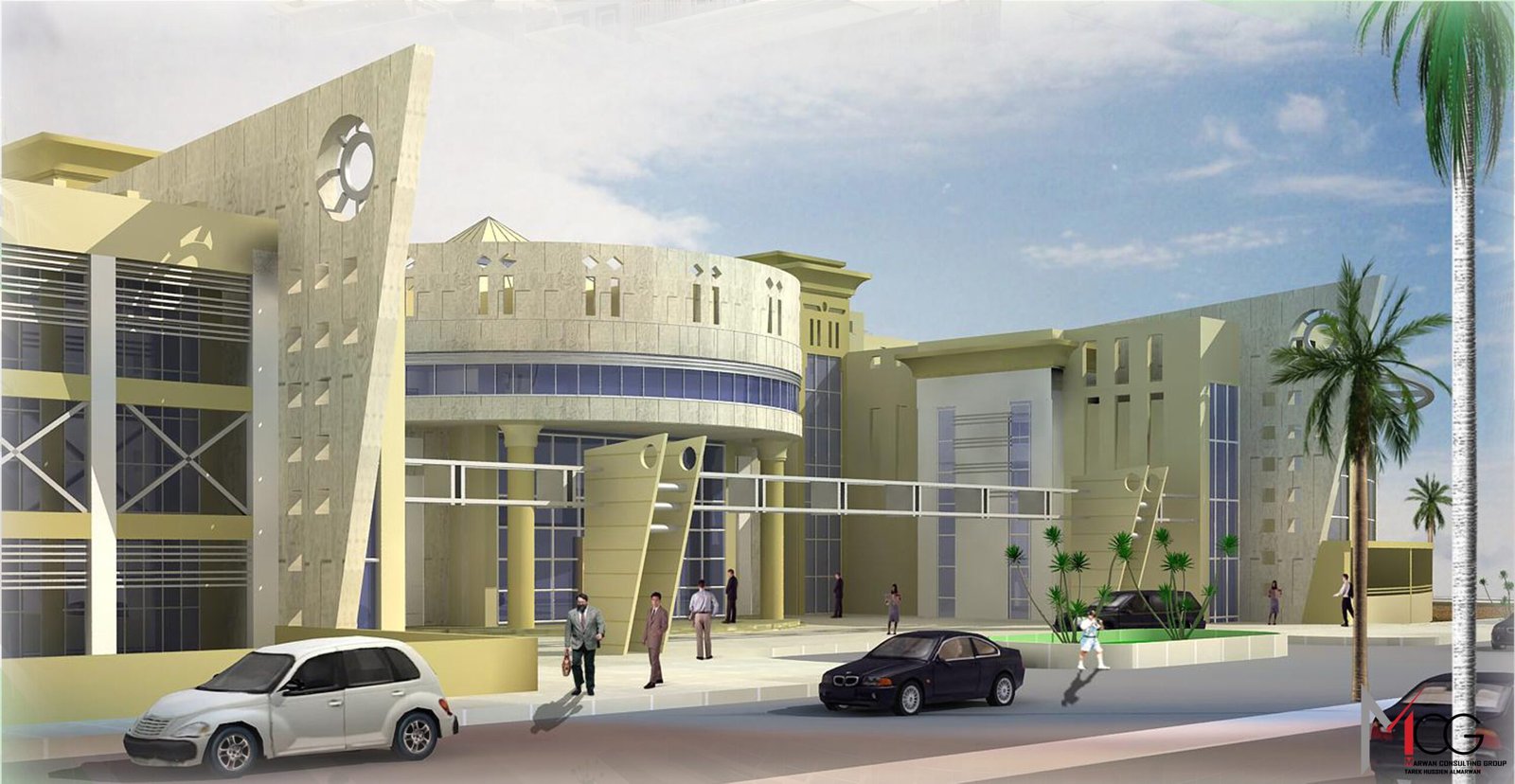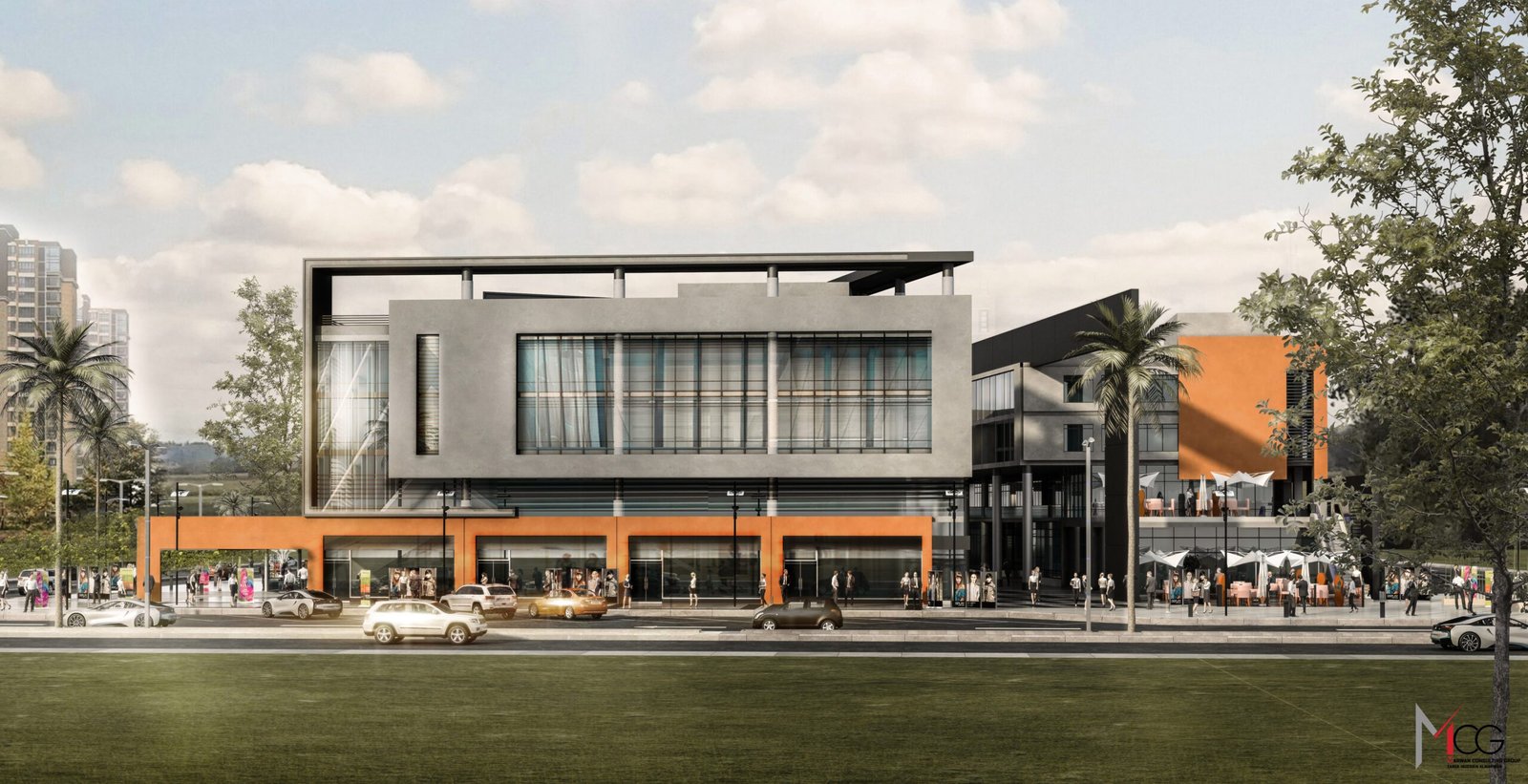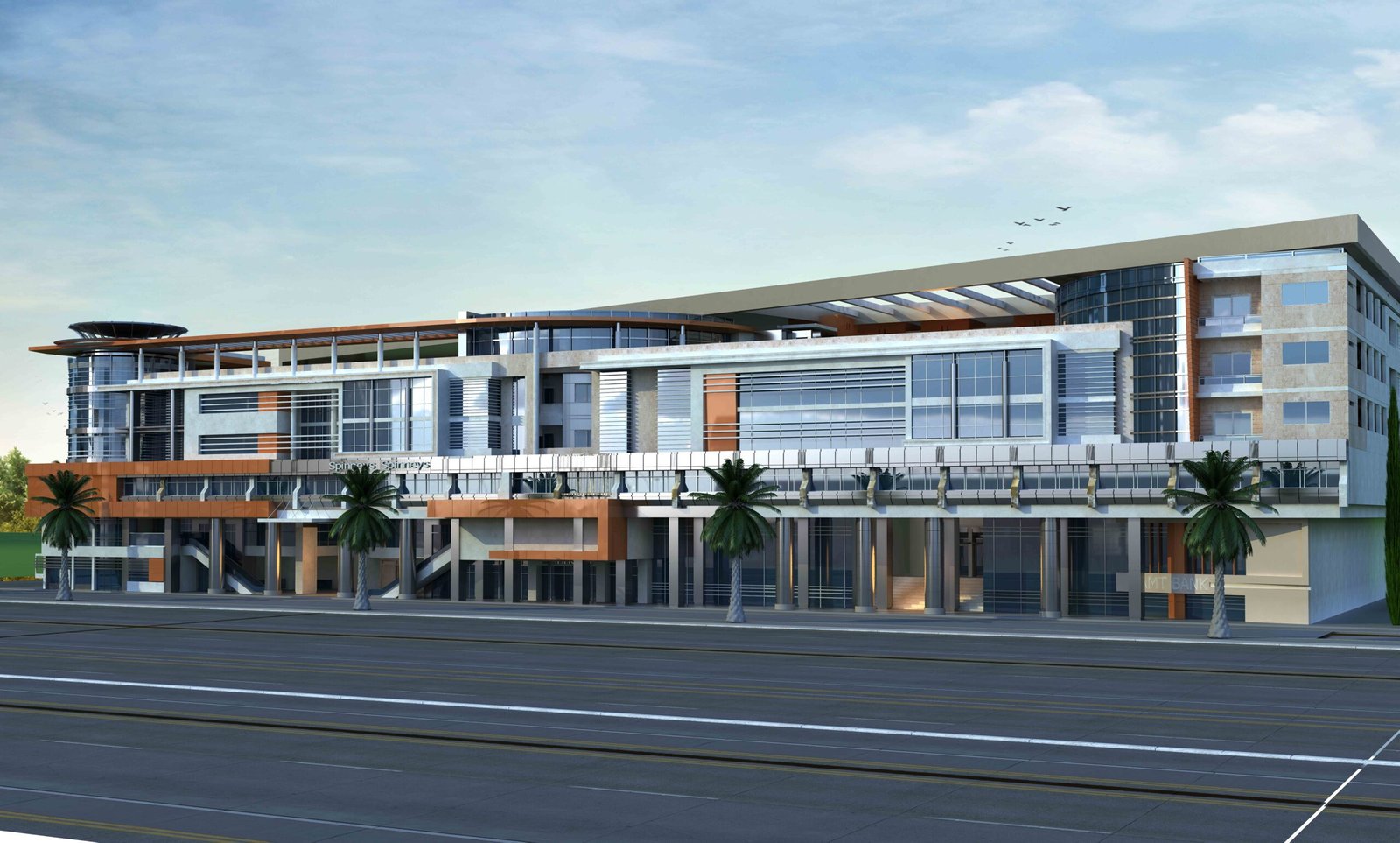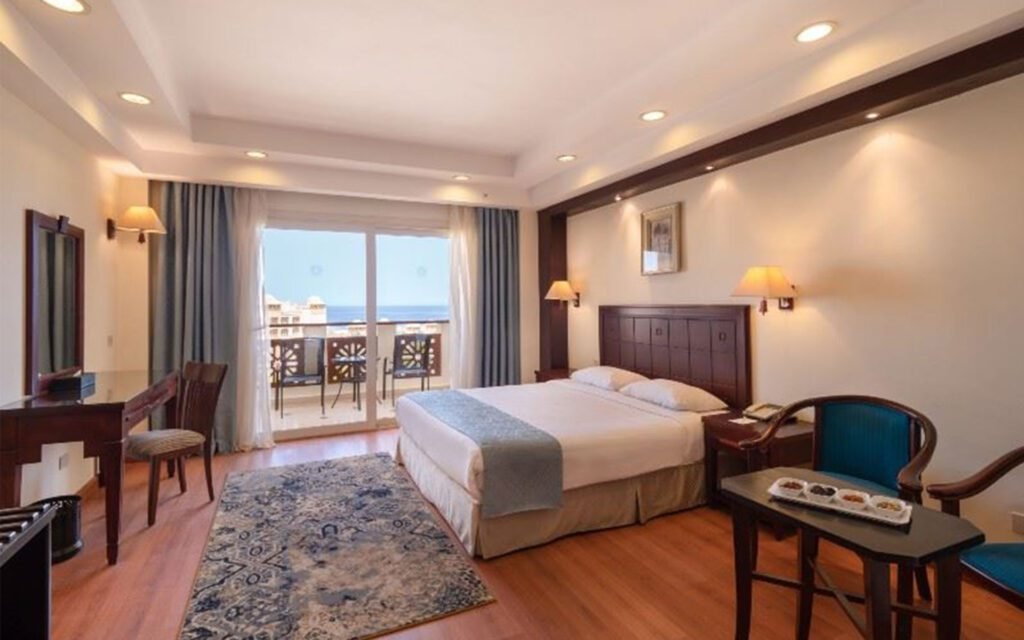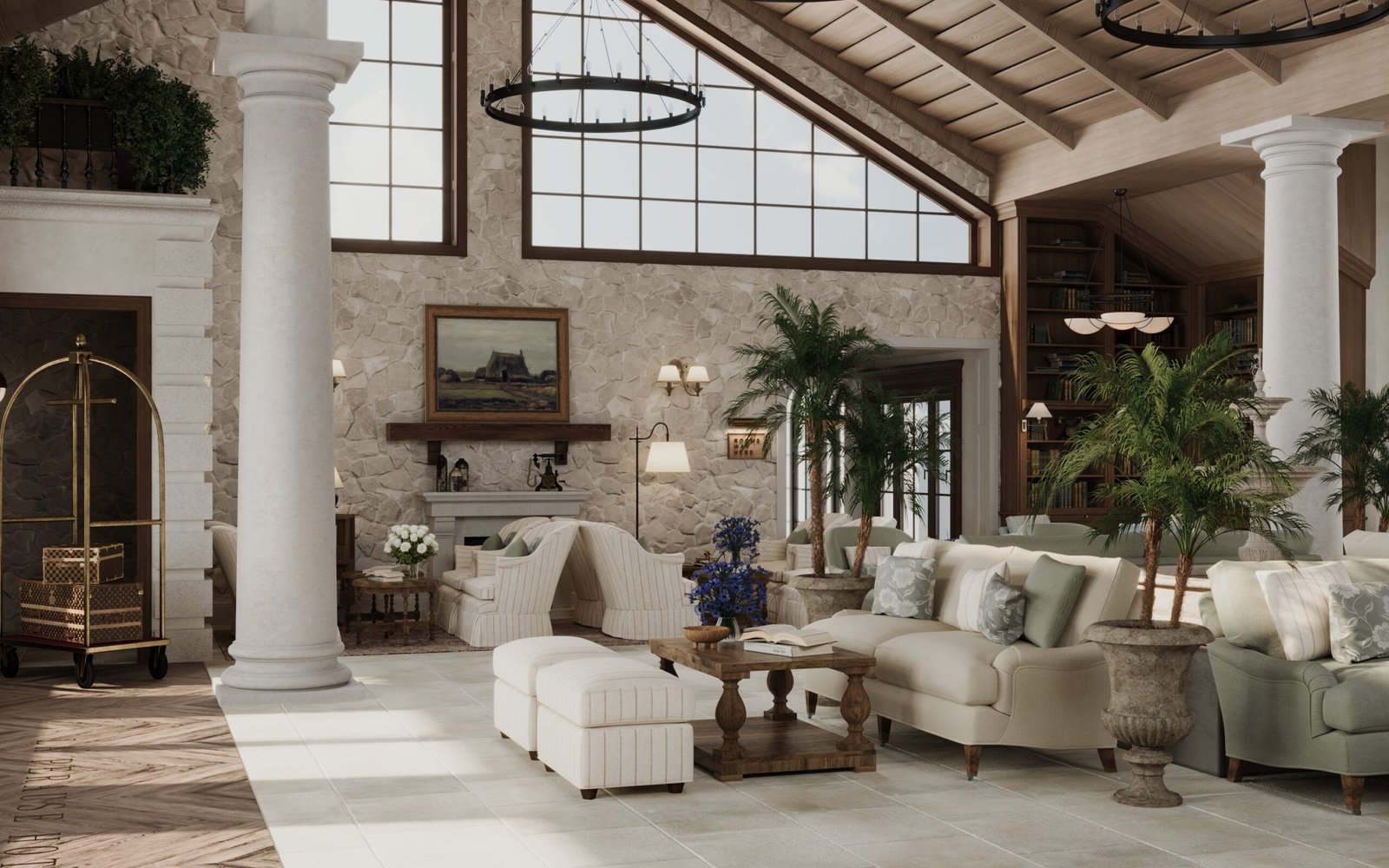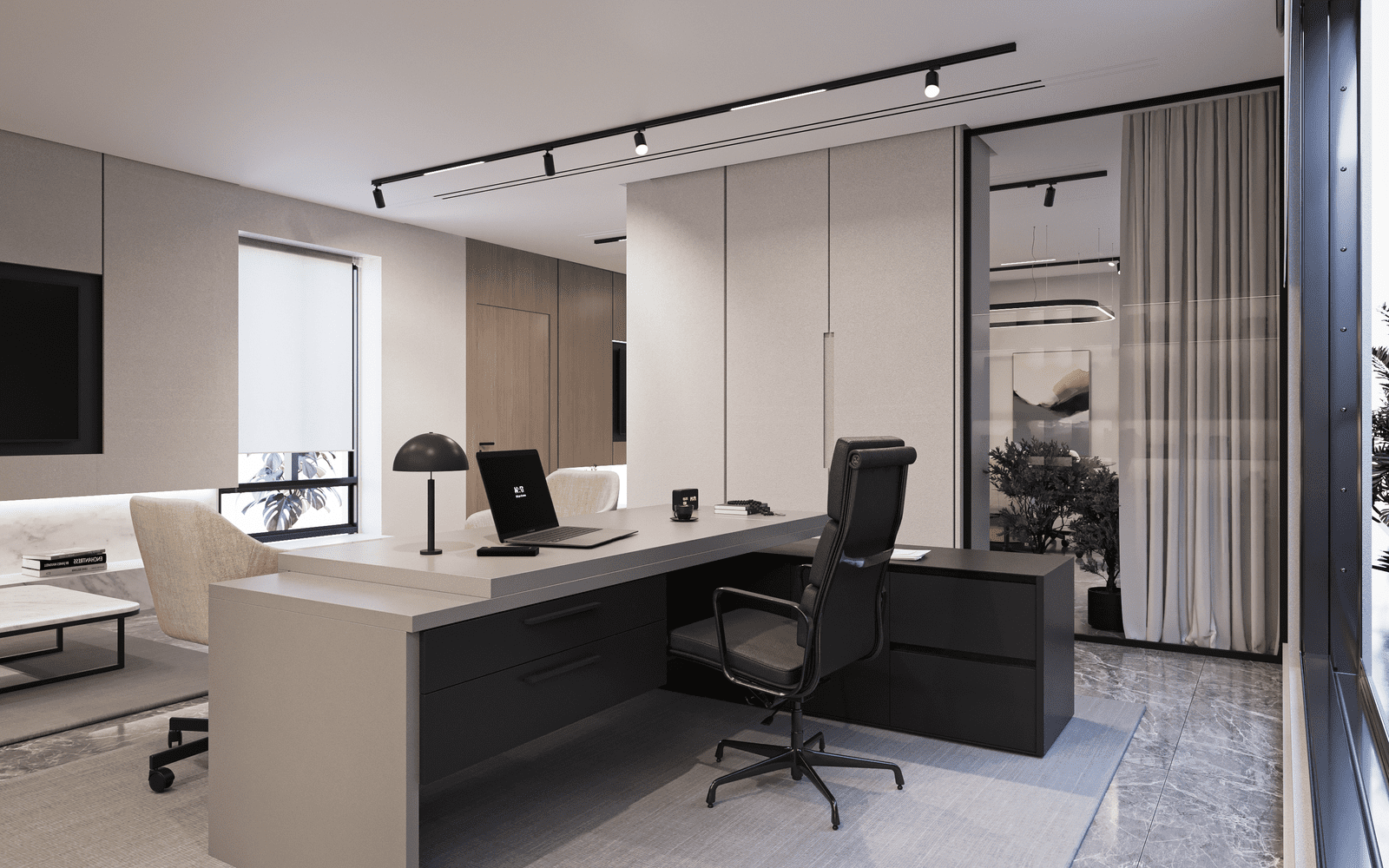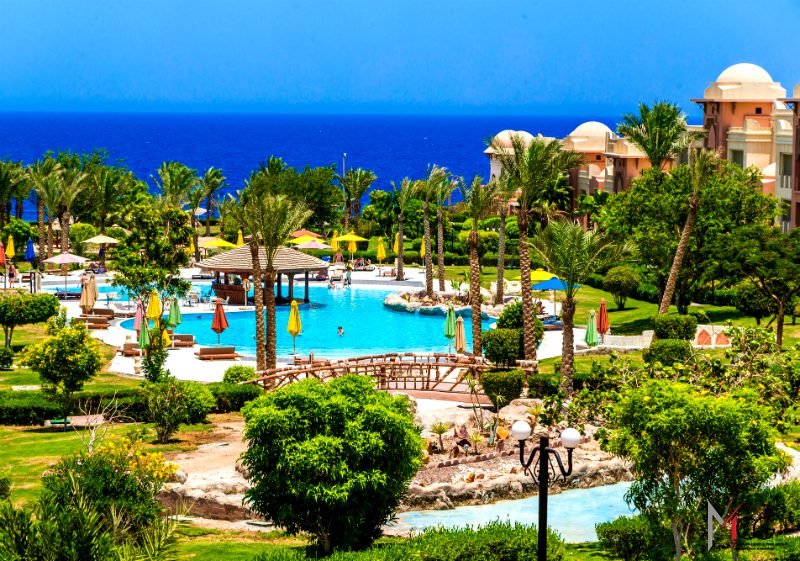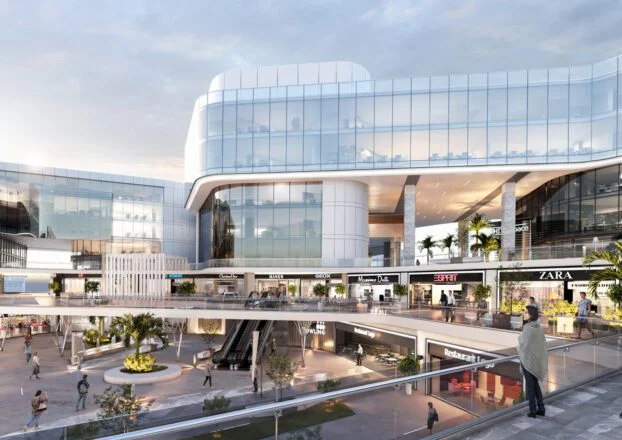
Hurghada Museum
Hurghada Museum
Hurghada Museum: Where History Meets the Red Sea
The Hurghada Museum stands as a well-balanced architectural achievement that bridges Egypt’s rich cultural past with a modern, functional, and tourist-friendly experience. Its design prioritizes accessibility, sustainability, and a seamless visitor journey, making it a key cultural attraction in the region.
Client
EITC – Egyptian International for Tourism
Land Area
8,844 m2 (GFA)
Location
El Gouna , Hurghada
Built up Area
ca. 53,000 m3
Program
A boutique Hotel In El Gouna belonging to Maraya Developments by EITC
Status
Construction phase
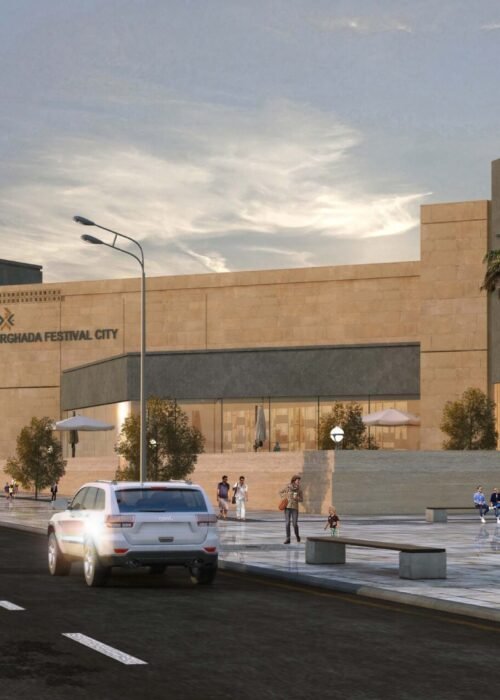
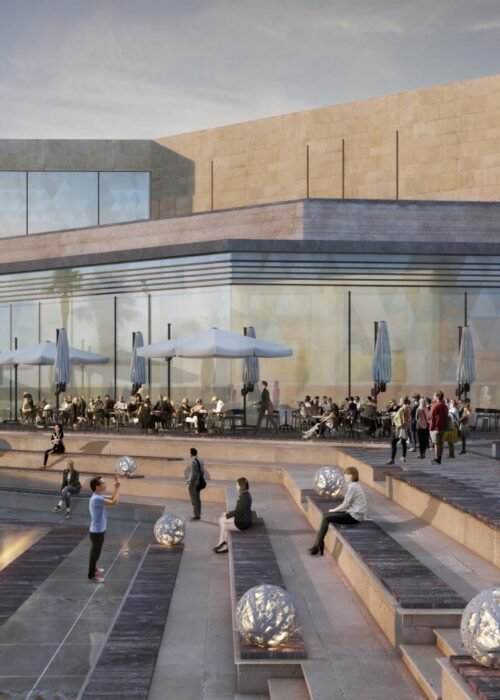
Project Overview
- The Hurghada Museum, located in Hurghada, Egypt, is a cultural and historical landmark designed to showcase Egypt’s rich heritage while integrating seamlessly into the city’s tourism and coastal atmosphere. As a museum, it serves as both an educational and entertainment destination, attracting visitors interested in Egypt’s ancient and modern history. The architectural design aims to blend contemporary functionality with elements that evoke Egypt’s artistic and historical legacy.
Design Philosophy
The design philosophy of the Hurghada Museum appears to focus on the following key aspects:
- Cultural Integration: The structure pays homage to Egyptian history through its form, materials, and decorative elements while maintaining a contemporary architectural language.
- Tourism & Accessibility: Designed as a tourist-friendly destination, the museum provides open and inviting spaces that facilitate movement and enhance visitor experience.
- Sustainability & Climate Response: Given Hurghada’s coastal desert climate, the design likely incorporates passive cooling techniques, shading elements, and durable materials suitable for the environment.
- Minimalist Modernism with Traditional Elements: The architecture blends modern, clean lines with subtle traditional Egyptian motifs, ensuring that the building complements its historical purpose without overwhelming it with ornamentation.
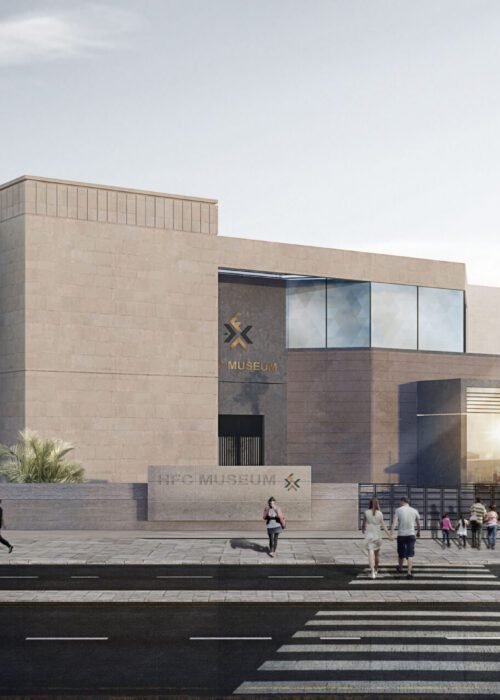
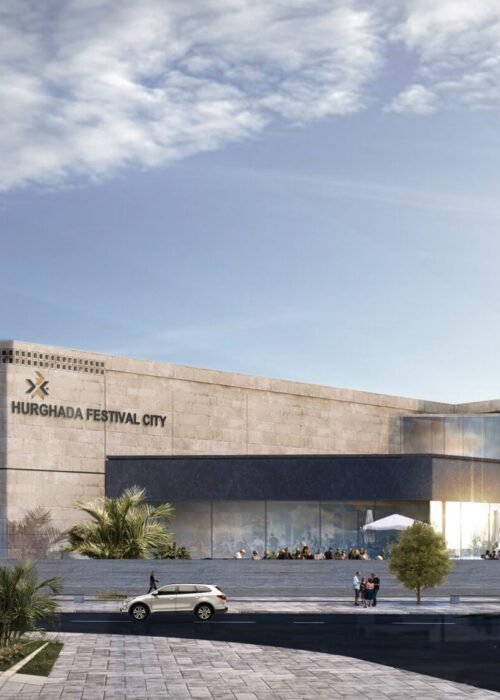
Key Features
From the images provided, the Hurghada Museum exhibits several notable architectural features:
- Facade & Exterior: The exterior seems to emphasize simplicity and elegance, likely using materials such as sandstone, concrete, and glass. This minimalist yet impactful approach helps the museum harmonize with the surrounding environment.
- Interior Spatial Arrangement: The interior appears to focus on open, well-lit exhibition spaces that enhance the visual impact of artifacts. The layout likely follows a logical flow that guides visitors through different historical periods.
- Lighting & Ambiance: Thoughtful lighting design, including natural light integration and strategically placed artificial lighting, creates an immersive experience. The use of spotlights for artifacts enhances their visual prominence.
- Circulation & Visitor Flow: The museum likely incorporates a smooth circulation pattern, ensuring that visitors can navigate effortlessly between exhibits. Spacious corridors and clearly defined pathways enhance accessibility.
- Structural Composition: The building seems to follow a modular, grid-like organization, optimizing both aesthetics and functionality. This approach allows for easy expansions or modifications in the future


